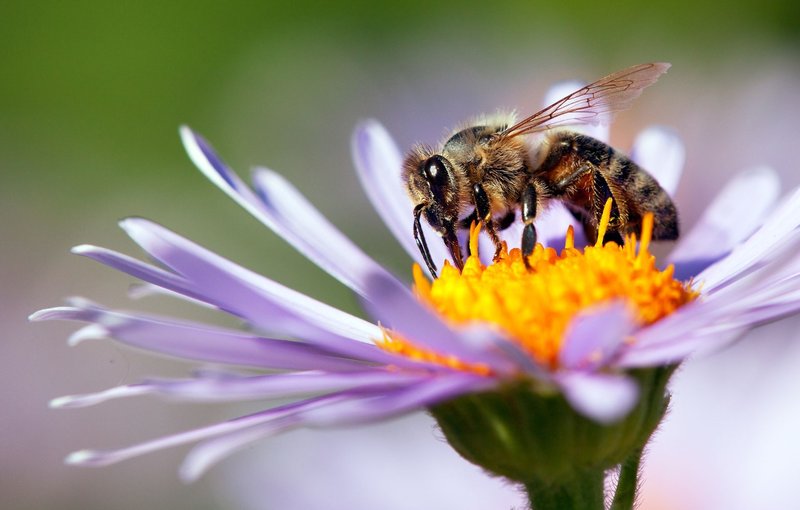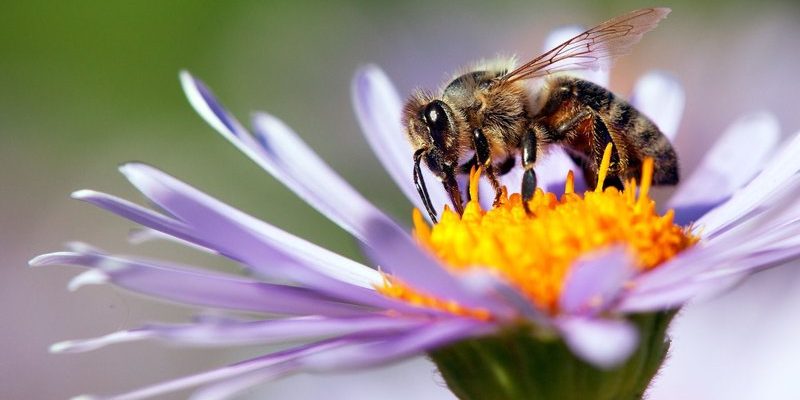
Killer bees are fascinating and complex. They’re not just about creating honey or causing a scare; they have a crucial job to do in the grand scheme of nature. Just like a skilled artist adds color to a blank canvas, killer bees add vitality to our plants through the process of *pollination*. This process is vital for the growth of fruits, vegetables, and many wild plants. So, let’s dive deeper and explore the role of killer bees in pollination and what it means for our ecosystem.
The Basics of Pollination
Pollination is essentially nature’s matchmaking service. It’s the process by which pollen from the male parts of a flower (the anthers) moves to the female parts (the stigma). This act allows plants to reproduce, leading to the growth of fruits and seeds. Without pollination, a significant portion of the plants on Earth would struggle to survive, and our food supply would be dramatically affected.
Killer bees, just like their calmer counterparts, play a vital role in this process. They visit flowers to gather nectar, and in doing so, they inadvertently transfer pollen from one bloom to another. Here’s the thing: this action supports biodiversity by aiding in the reproduction of not just crops, but also wild plants that are crucial for maintaining habitats and ecosystems.
Killer Bees vs. Honey Bees: What’s the Difference?
You might be wondering how Africanized killer bees differ from regular honeybees. Both types belong to the same species, *Apis mellifera*, but they have different temperaments and behaviors. Africanized bees were bred to be more aggressive and better at surviving in harsh conditions.
However, it’s essential to recognize that despite their aggressive reputation, their pollination abilities are on par with, if not superior to, those of traditional honeybees. They tend to forage longer and are known to be more efficient in collecting nectar and pollen, which ultimately benefits the plants they pollinate. This efficiency matters in agriculture where we rely on these bees for crop production.
The Benefits of Killer Bee Pollination
The contributions of killer bees to pollination extend far beyond just buzzing around flowers. Here are a few key benefits:
- Increased Crop Yields: Many farmers rely on killer bees to help increase the yield of their crops. They pollinate fruits like strawberries, melons, and citrus, making these crops more fruitful.
- Diverse Plant Life: By supporting the growth of a variety of flowering plants, killer bees help maintain diverse ecosystems that are resilient to environmental changes.
- Food Security: With the decline of other bee species, killer bees have stepped up to fill the gap. Their role in pollination helps ensure a steady food supply for humans and wildlife.
These benefits illustrate why killer bees are much more than just a nuisance to be feared.
How Do Killer Bees Find Flowers?
Killer bees use their keen sense of smell to locate flowers. Much like humans, who can get a whiff of their favorite food from a distance, killer bees can detect floral scents from afar. They’re also very visual creatures, drawn to bright colors and patterns on flowers that signal food sources.
Once they find a promising flower, they make quick work of gathering nectar and pollen. The more they visit a flower, the more pollen they spread, which is critical for successful pollination. This can lead to a cycle of attraction where more bees come to the area, encouraging even more plant growth. It’s a beautiful dance of nature!
The Challenges Faced by Killer Bees
Sadly, these hardworking pollinators face numerous challenges today. Habitat loss, pesticide use, and climate change are significant threats that have reduced their populations. Here’s where it gets a bit concerning: fewer bees mean less pollination, which can have a domino effect on our food systems and ecosystems.
Conversely, in areas where killer bees thrive, they can help facilitate the growth of local flora, supporting wildlife habitats and contributing to overall biodiversity. It shows how resilient nature can be, but we need to work to protect these vital insects from the challenges they face.
Tips for Supporting Killer Bees in Your Garden
So, how can you help support killer bees and their important role in the ecosystem? Here are some simple tips:
- Plant Native Flowers: Native plants attract killer bees and other local pollinators. They’re adapted to the climate and will thrive in your garden.
- Avoid Pesticides: Pesticides can be harmful to bees. Opt for natural pest control methods to keep your garden healthy without harming pollinators.
- Create Habitats: Leave some areas of your garden wild. Create a bee-friendly habitat with places for them to nest and thrive.
Supporting killer bees is not just beneficial for them; it’s great for your garden and the wider ecosystem.
The Future of Killer Bees in Ecosystems
As we move forward, understanding the role of killer bees in pollination has never been more critical. With their increasing populations in certain areas, we have a chance to benefit from their resilience and adaptability. Their effectiveness in pollination makes them an asset in agriculture, especially as we face new challenges like climate change.
Here’s the thing: by recognizing the importance of these misunderstood creatures, we can work together to ensure their survival. This means advocating for environmentally friendly practices and increasing awareness about their positive impact on ecosystems everywhere.
In conclusion, killer bees are more than just a sensationalized topic; they are crucial players in the ecosystems we rely on. By appreciating their role in pollination and supporting their populations, we can help maintain biodiversity and secure our food sources for future generations. So next time you see a bee buzzing by, take a moment to appreciate the vital work they’re doing for our world!

